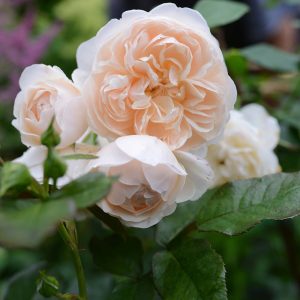Description
Mentha piperita var. citrata, commonly known as lemon mint, is a delightful perennial herb with bright green, pointed leaves that exude a refreshing lemony scent when crushed. This cultivar of peppermint is highly aromatic and has a unique flavor profile that blends the minty freshness of traditional peppermint with the tangy, zesty notes of lemon. Lemon mint is a versatile herb that can be used fresh or dried in a wide range of culinary applications, from infusing tea and cocktails to flavoring salads, sauces, and desserts. Lemon mint pairs well with a variety of herbs, including basil, thyme, and rosemary, and is an excellent companion plant for vegetables such as tomatoes and peppers.
Key Facts
- Common Name(s):Lemon Mint
- Hardiness:Fully hardy
- How big will I get? Mentha piperita var. citrata can grow to a height of 0.5m and a spread of 1.5m.
- Did You Know That:Mint is a fast-growing plant, it can quickly spread through underground runners and can become invasive if not controlled?
Plant Calendar
A rough guide to how this plant will change through the year.
| Jan | Feb | Mar | Apr | May | June | July | Aug | Sept | Oct | Nov | Dec | |
| Flowering Time |  |
 |
 |
|||||||||
| Foliage Colour |   |
  |
  |
  |
  |
  |
  |
  |
  |
| J | F | M | A | M | J | J | A | S | O | N | D |
 |
 |
 |
|||||||||
  |
  |
  |
  |
  |
  |
  |
  |
  |
Care Guide

Soil Requirements
Mentha piperita var. citrata thrives in wet or damp soil with decent drainage or in poorly draining soil. This plant can grow in soil with a wide range of pH levels, it is not picky about the pH level of the soil.

Best Position
Mentha piperita var. citrata can handle either an exposed or a sheltered position and requires full sun to thrive, this consists of more than six hours of direct sunshine per day.

Maintenance
Mentha piperita var. citrata should be cut back after it finishes flowering will promote growth the following year by redirecting energy from seed production and foliage maintenance to root growth.

Pest, Diseases and Wildlife
Mentha piperita var. citrata is generally pest free, it can be vulnerable to certain diseases such as powdery mildews and rust. It is also known to attract bees, butterflies and other pollinators. It is toxic to cats and dogs.





